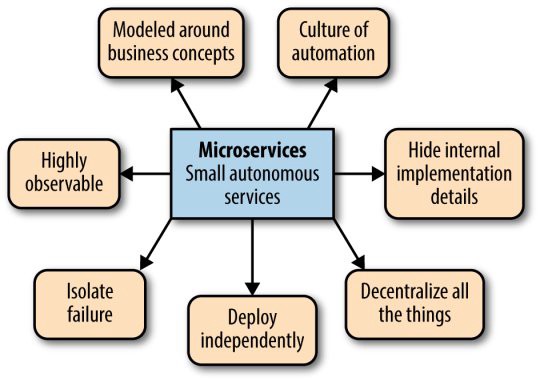
Microservices have fundamentally changed the way server-side engines are architected. Rather than a single giant monolithic codebase hosting all the business logic of your application, microservices reflect the distributed systems model, where a group of application components works together to deliver the business needs. By following ten basic microservices best practices, you can achieve an efficient microservices ecosystem devoid of unnecessary architectural complexities.
Benefits of a Microservices Architecture

10 Microservices Best Practices
- The Single Responsibility Principle.
- Have a separate data store(s) for your microservice.
- Use asynchronous communication to achieve loose coupling.
- Fail fast by using a circuit breaker to achieve fault tolerance.
- Proxy your microservice requests through an API Gateway.
- Ensure your API changes are backward compatible.
- Version your microservices for breaking changes.
- Have dedicated infrastructure hosting your microservice.
- Create a separate release train.
- Create Organizational Efficiencies.